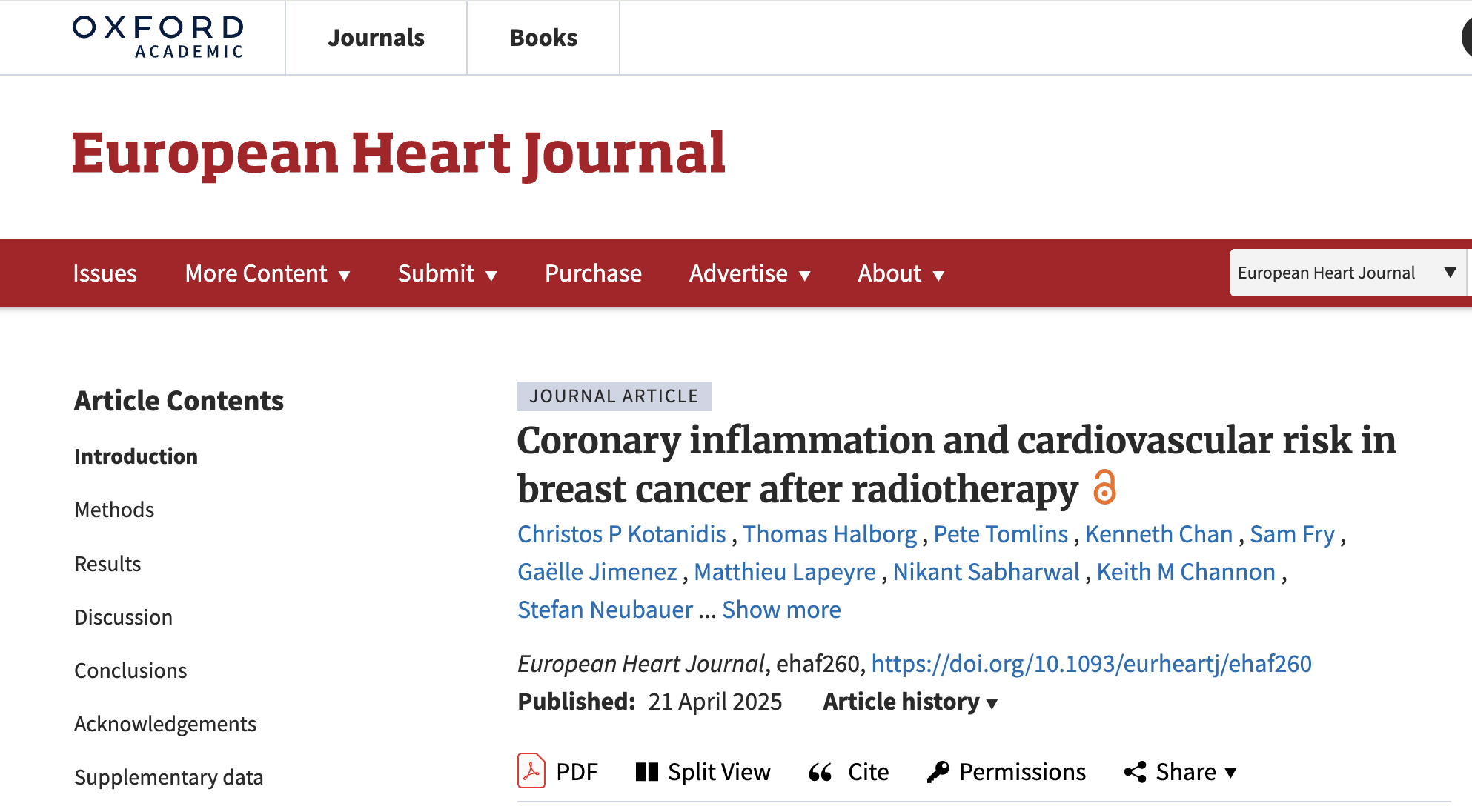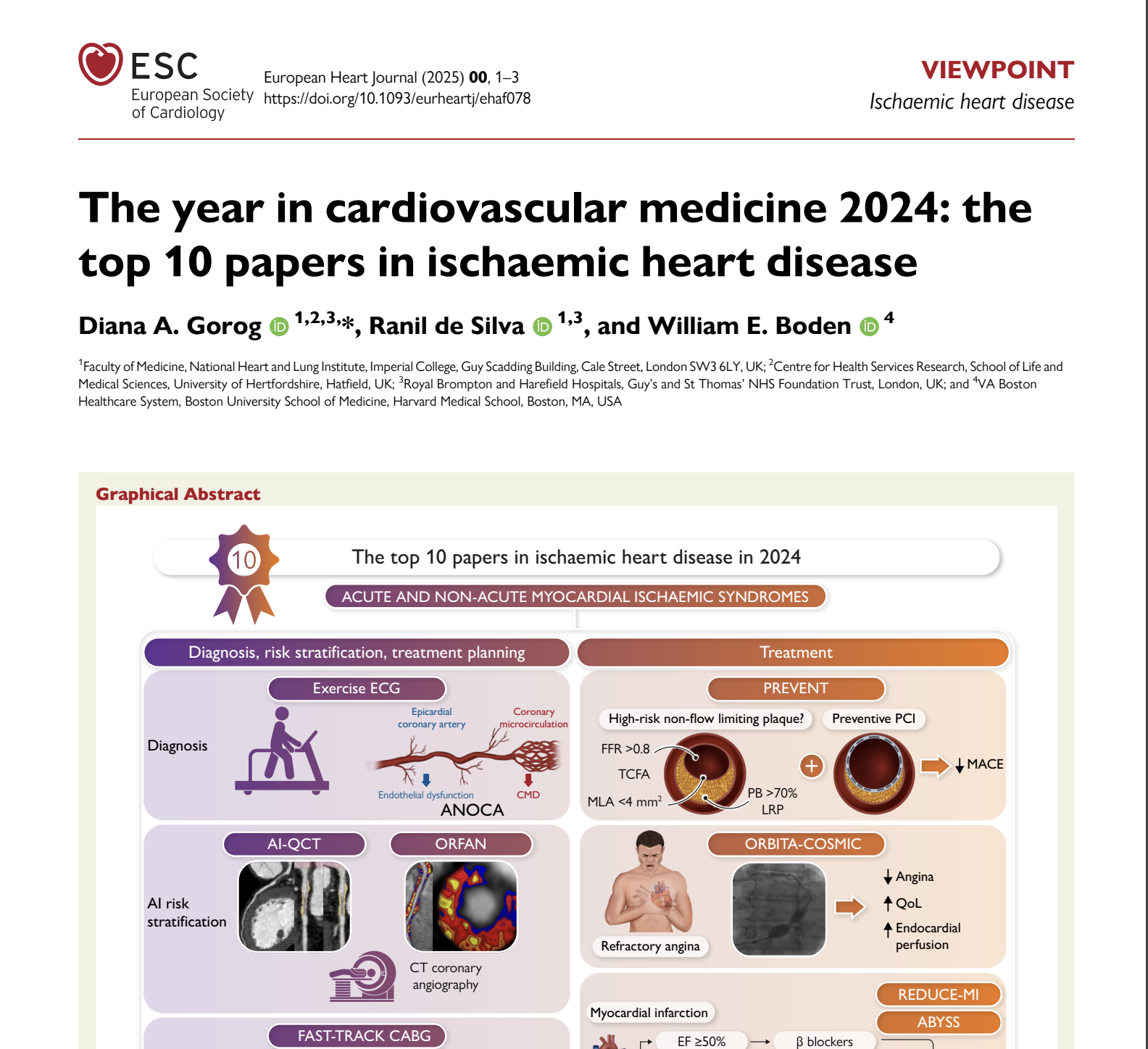This Caristo website uses cookies. A cookie is a small text file which is stored on the browser of the device (laptop or smartphone) which you use to access our website. The cookie contains letter and numbers which uniquely identify your device and may contain other information such as your past preferences or actions. You can read more about cookies at http://www.aboutcookies.org. We do not require your consent to use cookies which are strictly necessary for our website to function securely, but will collect your consent for all other types of cookies.
Caristo does not use the following types of cookies. If in future we add any to our website we will explain their purpose to you and request your consent:
- Advertising/Marketing Cookies
- Personalisation Cookies
Caristo uses these kinds of cookies:
These cookies are strictly necessary to enable our website to operate, without them you would be unable to access the website.
These cookies allow us to collect statistics about how our website is being used, for example what pages receive the most visits. This helps us improve the design and functionality of our website (for instance by ensuring that users can find key functions easily). The Caristo website uses Google Analytics. For further information about Google Analytics please see https://www.google.com/policies/privacy/partners/.
The technical storage or access that is used exclusively for statistical purposes.
The technical storage or access that is used exclusively for anonymous statistical purposes. Without a subpoena, voluntary compliance on the part of your Internet Service Provider, or additional records from a third party, information stored or retrieved for this purpose alone cannot usually be used to identify you.
The technical storage or access is required to create user profiles to send advertising, or to track the user on a website or across several websites for similar marketing purposes.


